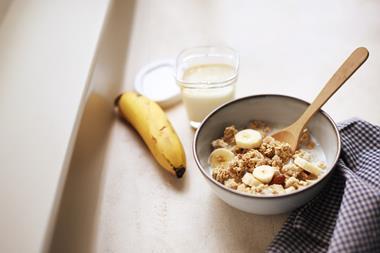Crisp bread makers are feeling the crunch from an acute shortage of rye, which has led to a sharp increase in the cost of the grain.
The average price of a 250g pack of Ryvita Original has already increased by 14% over the past year, rising from 88p to 99p across the major supermarket chains [BrandView.co.uk].
But retail prices could yet increase further, fuelled by soaring commodity prices for the product’s key ingredient - food-quality rye.
Since the start of the year, the price of food-quality rye has jumped from €220 to €245 a tonne (Mintec), driven up by excessive rain around last autumn’s harvest. “We had a lot of rain at harvest time in Germany and Poland, and both are leading producing countries in the EU,” said Hanse Agro grains analyst Reimer Mohr.
He added rain had been particularly devastating for the food-quality harvest while having a less severe impact on rye grown for the feed and bioenergy markets.
Even without factoring in fuel tanker strikes and Frances Maude’s jerry can gaffes, the recent surge in oil prices continues unabated, with crude oil up by 11.3% over the past month.
At £584/tonne, it is 14% more expensive than it was a year ago, and 11.3% more expensive than last month.
Diesel is also showing strong month-on-month and year-on-year increases, with prices up 8.1% and 13% respectively at the moment.
Sri Lankan tea prices have dropped by nearly 14% over the past month and are also down year-on-year, but prices could move up again soon, following news last week that unusually hot and humid weather may have substantially damaged the Sri Lankan crop.
To make matters worse, less land is being used to plant rye - at 2.7m hectares, the size of the rye sowing area in Europe was 300,000 ha lower last year than in 2010, further limiting supplies to the food market, which typically buys up about 900,000 tonnes a year, Mohr added.
The lack of supply is expected to fuel further commodity price increases on rye over the coming months. However, Mohr predicted prices would come down later in the year so long as normal weather conditions prevailed.
“We have an increased seeding area and if we have a normal harvest condition, it will be no problem to have enough rye for the food industry,” he said.
The price of rye has been under steep upward pressure since 2010, when food-quality prices soared from about €100 per tonne to more than €200, after drought across Europe and Russia sent wheat prices rocketing, pushing all other grains -including rye - higher.


















No comments yet